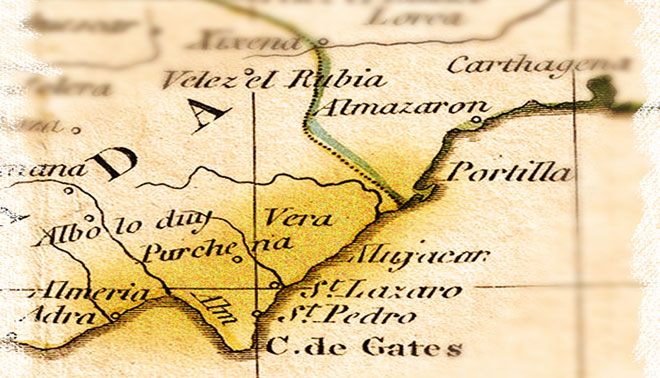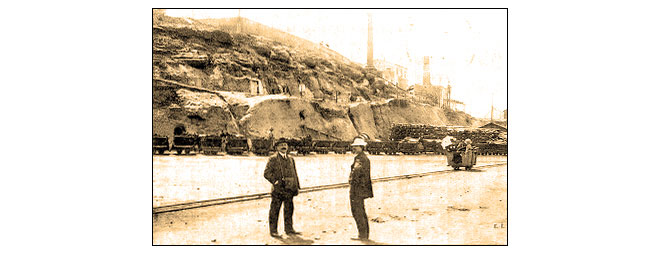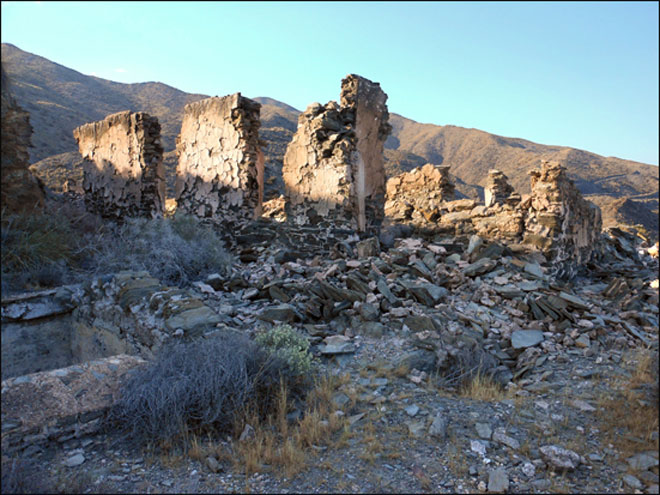Reading around the subject (notes in the margin)
While the volumes of Then There Were Mines are quite detailed, there is an awful lot of information that had to be omitted. When I started research for the work there was extraordinarily little information available on the internet. Over the six years that it has taken me to get this far, more and more information has become available, as Spain throws off the yoke of the Pact of Forgetting and starts to take an interest in its relatively recent past.
Academics are now writing and publishing doctoral theses on the development of mining in Andalucia and neighbouring Murcia. Social historians are commenting on the laws which governed the working lives of the miners and documenting the rise of Socialism in the early 20th Century. In addition, articles originally published in the various local mining gazettes between 1890 and 1910 have been posted on the web. Written by well heeled, educated men, these contemporary accounts vividly describe life and times in the Sierra Almagrera and Las Herrerías.
These, along with several other items which don’t quite fit into the main narrative, have been gathered into this Some Sidelines section. As with the main volumes, these can be download individually, or as a whole book.

Señor Augustus Jerez Santamaría was one of those gentlemen who visited the Sierra Almagrera. He travelled from Almería to the Sierra Almagrera and visited the mine Venus Amante and then toured the pumping station at el Arteal. Sr. Santamaría’s Journey is a translation of his impressions of his trip.
View or download Sr Santamaria's Journey PDF.
Córcholis Takes to the Tracks

A young man, Señor Córcholis, also visited el Arteal. The last part of his journey there was on Luis Siret’s railway. This charmingly boyish account of his ride paints a vivid picture of the surrounding countryside and of the line itself. Join him on his journey in Córcholis Takes to the Tracks.
View or download Córcholis Takes to the Tracks PDF.
In The Pipeline
There is another contemporary account of working life that I am translating which describes an hilarious visit by two Englishmen, who have an unfortunate experience in a mine shaft.
I am gathering more information about the seaboard side of ore transportation, in particular the loading operation in Cala de las Picotas. The original aero-cable terminal of the Los Tres Pacos mine near Cuevas apparently was extensively remodelled in later years.

These mechanized loading systems put the hundreds of men, who used to ferry ore to the waiting steam ships, out of work. These men were a breed apart, described by a contemporary writer as being like savages. They also deserve to be given a new lease of life, if not least because they stood up against the abuse practices that were the norm for other workers. Something else which I need to follow up on is the ore dressing operation of the mine La Guzmana. In typical 'Men from Bilbao' style, this was a very up to date mechanized affair.

In the meantime, to help you to navigate the Sierra Almagrera, there is the plan of the mining concessions for you to download if you so wish.

